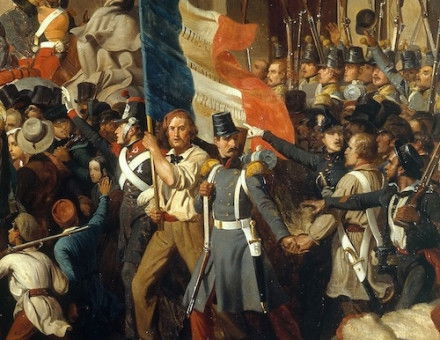England in the Italian Renaissance
John Gage gauges the impact of Italian influences trickling through to Britain until the 17th century.
England under the Tudors was probably closer to Italy than at any time since the twelfth century, and historians of culture have found it convenient to divide the period into about a half-century of contact through English travellers in Italy during the High Renaissance; and a half-century of influence, during the English Renaissance, when Italian exiles came to England.
The Anglo-Italian contrasts in Elizabethan society are well known: if the Queen called herself demie Italienne, the Genoese financier Sir Horatio Pallavicino became more than half an English country gentleman; and, although Giordano Bruno despised the word-chopping and beer-swilling of the Oxford philosophers, he nevertheless found in London his “Venetia” of freedom, where he could publish safe from the Inquisition.





